AirPods and AirPods Pro are some of the most popular Christmas gifts every year, and this year was no different. The aggressive selling price and ample supply have led many people to unwrap AirPods or AirPods Pro today. Here are some of the best tips, tricks and resources to get you started using your new AirPods.
Name your AirPods
The most basic way to personalize your AirPods or AirPods Pro is to give them a personalized name. Here’s how to do this after pairing your AirPods with your iPhone or iPad:
- Open settings
- Touch “Bluetooth”
- Search for your AirPods in the list of devices, tap the “i” next to them
- Tap on “Name” and enter the name you want
Ear fit test
AirPods Pro have the exclusive option of choosing the tip size that best fits your ear. To access this feature, go to Settings, Bluetooth and tap the “i” next to your AirPods. Look for the “Ear tip adjustment test” option. After doing this, your AirPods Pro will test the seal provided by the tip you selected and offer suggestions on whether to switch to larger or smaller tips.
This feature is unique to AirPods Pro, as they include three different sets of tip sizes in the box. AirPods feature a one-size-fits-all design, but you can purchase replacement earhooks if you have trouble attaching them to your ears.
Customize your controls
While you can always use the controls on your paired iPhone to manage your AirPods, AirPods, AirPods Pro and AirPods Max also feature integrated control options.
For AirPods, you can double-tap any of the AirPods. By default, this will pause playback. To customize this behavior:
- Open settings
- Tap Bluetooth and tap the “i” next to your AirPods
- Search for your AirPods in the list of devices, tap the “i” next to them
Once here, you can customize the double tap gesture to invoke Siri, play / pause and skip to the next or previous track. You can also turn off the double tap feature completely.
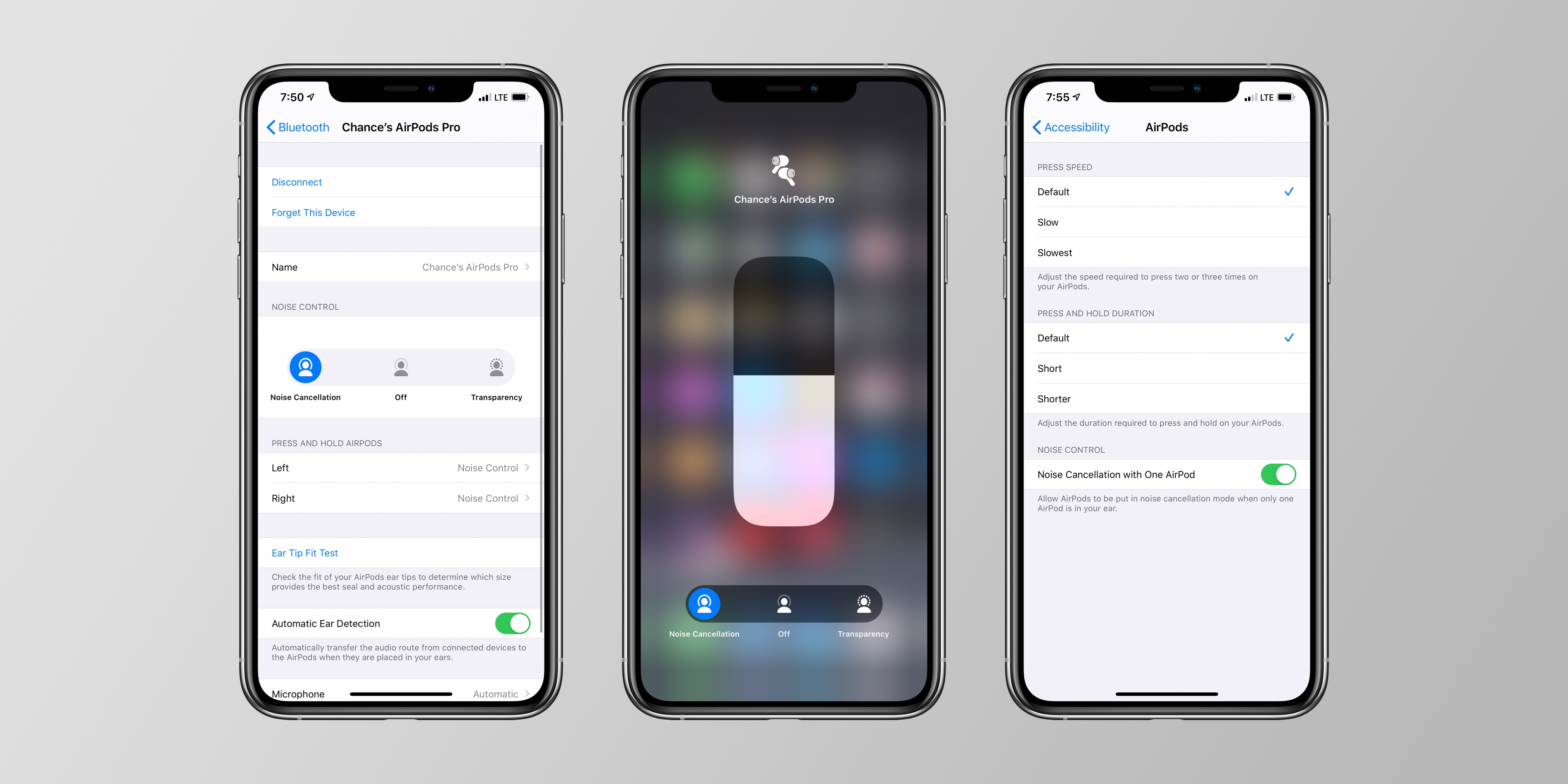
While standard AirPods require you to touch the sides to control playback, AirPods Pro feature a “Force Sensor” that allows you to perform common tasks by pressing on the side of the headphones. To access these controls, go to Settings, Bluetooth and tap the “i” next to your AirPods. In Settings, you can customize the gesture of pressing and holding to switch between noise canceling and Transparency, or call Siri.
Here are the standard controls with AirPods Pro:
- Press once to play, pause, or answer a call
- Press twice to jump forward
- Press three times to jump back
- Press and hold to toggle between active noise cancellation and transparency mode
Other settings for AirPods include adjusting the pressing speed, pressing and holding duration, and enabling noise cancellation for an AirPod.
Want to know how to change the volume with AirPods or AirPods Pro? Unfortunately, to do this, you will need to use Siri or the volume buttons on the connected iPhone, iPad or Mac. There are also no custom EQ controls available.
Finally, AirPods Max feature a digital crown on the side to adjust volume and playback:
- Turn to volume control
- Press once to play, pause, or answer a call
- Press twice to jump forward
- Press three times to jump back
- Press and hold for Siri
AirPods Max also includes a dedicated noise control button, which you can press to switch between active noise cancellation and transparency mode. Again, you can customize these controls by going to the Settings app and choosing your AirPods Max from the Bluetooth menu.
Find my integration
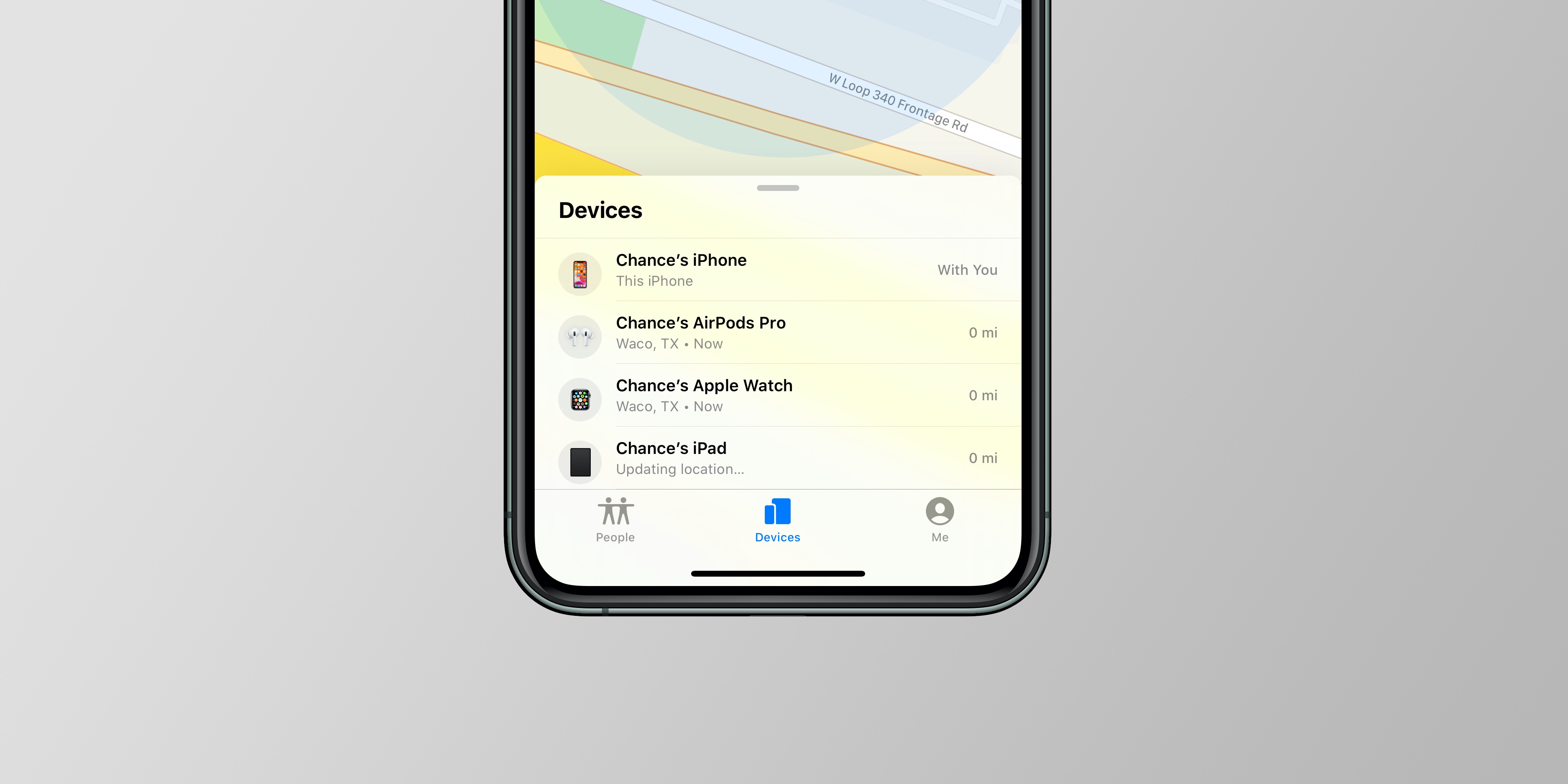
You’ve just unwrapped your new AirPods, so the last thing you want to do is put them in the wrong place or lose them. Fortunately, there is a “Find My AirPods” feature to prevent you from doing just that. It is not as robust as the “Find My iPhone” feature, but it is still incredibly useful for AirPods, AirPods Pro and AirPods Max users.
For the Find My AirPods feature to work, your AirPods must be connected to the iPhone via Bluetooth. This means that if AirPods are too far apart, you won’t get the full feature set, although Apple will help you track them in the best possible way.
To access the Find My AirPods feature, go to the “Find My” application on your iPhone, iPad or Mac. Then, tap the “Devices” menu at the bottom. In this list of devices, you should see your AirPods along with your other devices.
When you touch your AirPods, you will see your location (or the last reported location) and the ability to play a sound.
If you are not close enough to your AirPods to connect to your iPhone via Bluetooth, you will see the last known location on the map. And when playing a sound, you will see a message “Sound pending”. This means that you will receive a notification when your AirPods are reconnected to a paired device.
But while Find My AirPods is useful, it is not a panacea to lose your AirPods. There are many situations in which Find My AirPods does not work, so I would not trust it too much.
Space Audio

Exclusive to AirPods Pro and AirPods Max, Spatial Audio essentially brings surround sound to your AirPods. Apple says the feature uses directional audio filters to “play sounds almost anywhere in space, creating an immersive sound experience”. This will put the surround channels in exactly the right place, even when you turn your head or move the device.
To enable spatial audio on your AirPods Pro or AirPods Max, follow these steps:
- Open settings
- Touch “Bluetooth”
- Make sure your AirPods Pro or AirPods Max are connected, tap the “i” next to them
- Scroll down and look for the spatial audio key
To find space-compatible content, check for Dolby Atmos content on Hulu, the Apple TV app, and Disney +.
AirBuddy for Mac
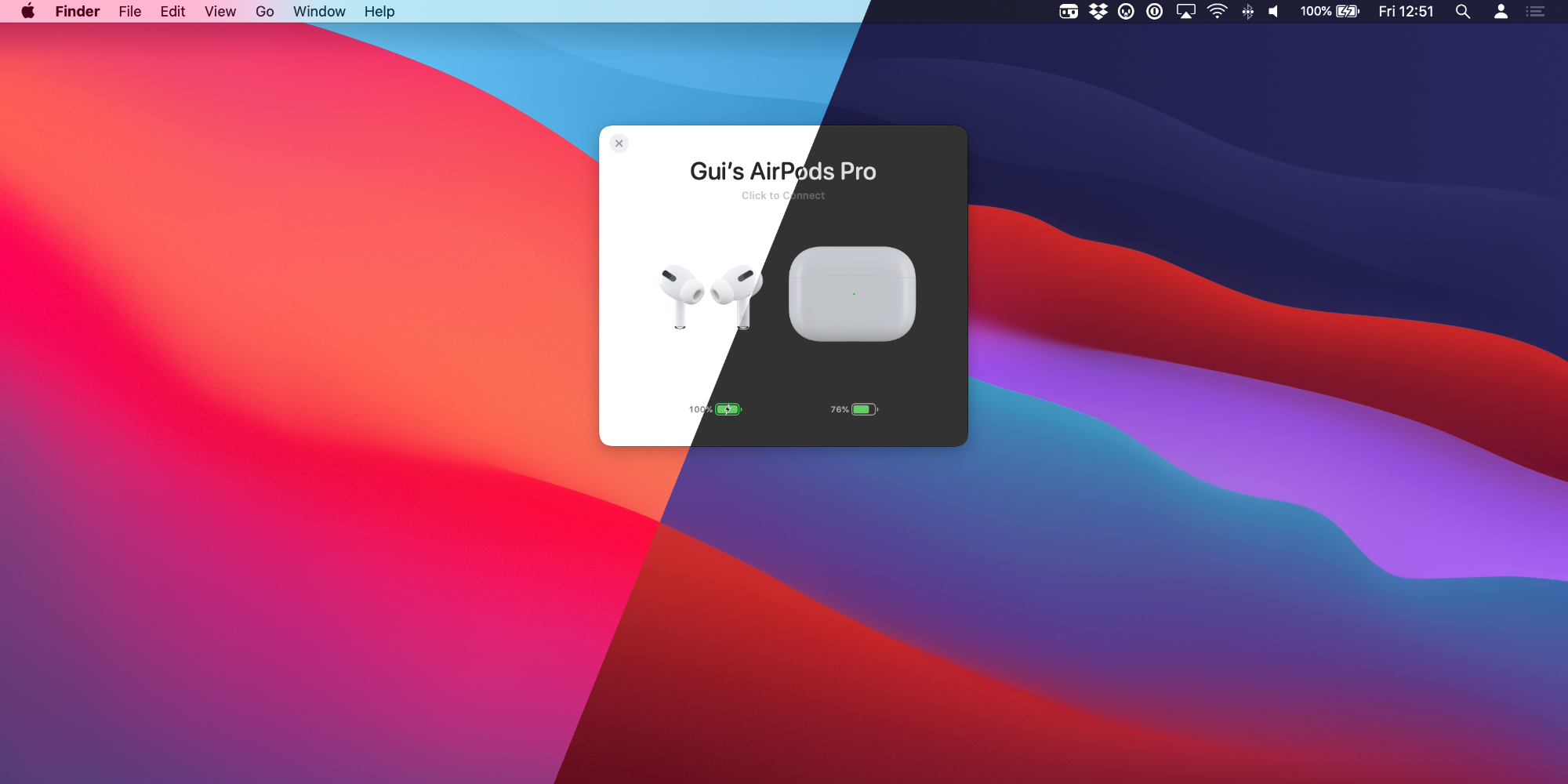
When you use AirPods with your iPhone or iPad, the integration is virtually seamless. There are elegant animations, automatic pairing and device switching, and quick access to controls and battery life information. On the Mac, the experience is less impressive.
AirBuddy is an application for 9to5Mac’s Gui Rambo and brings quick access to AirPods and other Bluetooth devices to your Mac’s menu bar, along with some awesome animations and more:
- Show the status of your AirPods Pro or other Apple and Beats headphones when they’re near your Mac
- Connect and change the listening mode on the AirPods Pro with a single swipe gesture on the trackpad
- Quickly show the status and batteries of all your Apple and Beats devices with the status bar menu, including iPhones, iPads, Apple Watch and other Macs running AirBuddy 2
- Quickly connect to AirPods, switch between listening modes and more using the status bar menu or keyboard shortcuts
AirBuddy is available for download for $ 9.99 here.
Announce messages with Siri

AirPods, AirPods Pro and AirPods Max also support the Announce messages with Siri feature. When enabled, this feature allows Siri to automatically and conveniently speak incoming messages as soon as they arrive. You can then dictate your answer and Siri will send it.
To enable ad messages with Siri, which is disabled by default, you can follow these steps:
- Open the Settings app
- Choose “Siri and Search”
- Look for the “Announce messages” toggle button
By default, when you reply to a message, Siri reads what it heard back to you. You can simplify it further by activating the ‘Reply without confirmation’ setting.
Automatic device switching
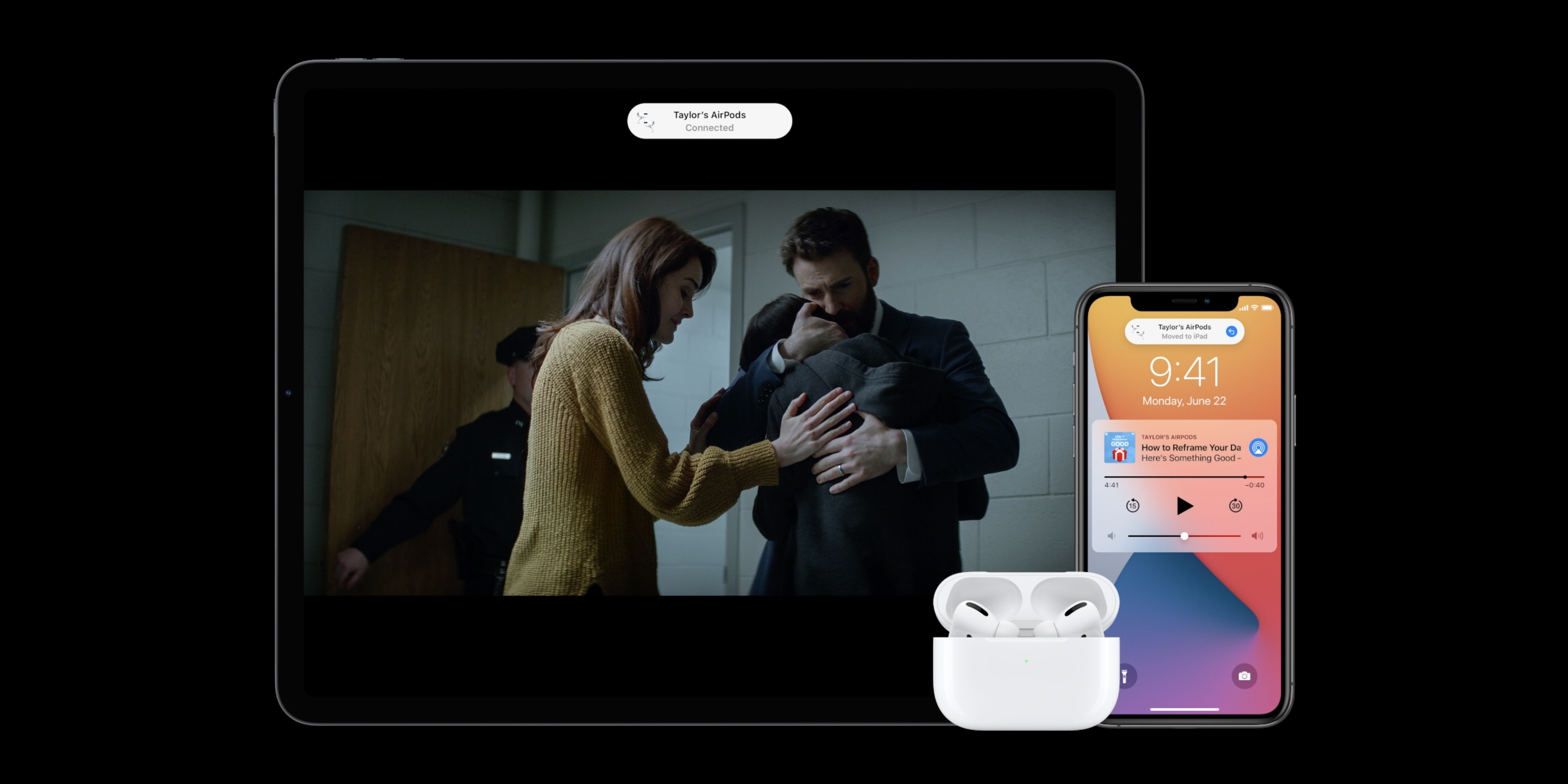
One of the new features of iOS 14, iPadOS 14 and macOS Big Sur is an automatic device switching feature for AirPods, AirPods Pro and AirPods Max. This feature is designed to be convenient, but for the most part, it can really get in the way .
The idea of the auto-switch feature is that when you start playing content on another Apple device, the AirPods connection automatically changes in unison. You can enable or disable this feature on your iPhone and iPad by following these steps:
- Open settings
- Touch “Bluetooth”
- Make sure your AirPods Pro or AirPods Max are connected, tap the “i” next to them
- Touch the “Connect to this iPhone / iPad” setting
- Change from “Automatically” to “When last connected to this iPhone / iPad”
On the Mac, you can find this setting by opening System Preferences, choosing Bluetooth, choosing your AirPods from the list of devices and clicking “Options”. Here, you can change the “Connect to this Mac” setting from “Automatically” to “When last connected to this Mac”.
When you change the setting to “When last connected”, it means that AirPods only connect to the device if they are already connected to that same device.
Audio Sharing
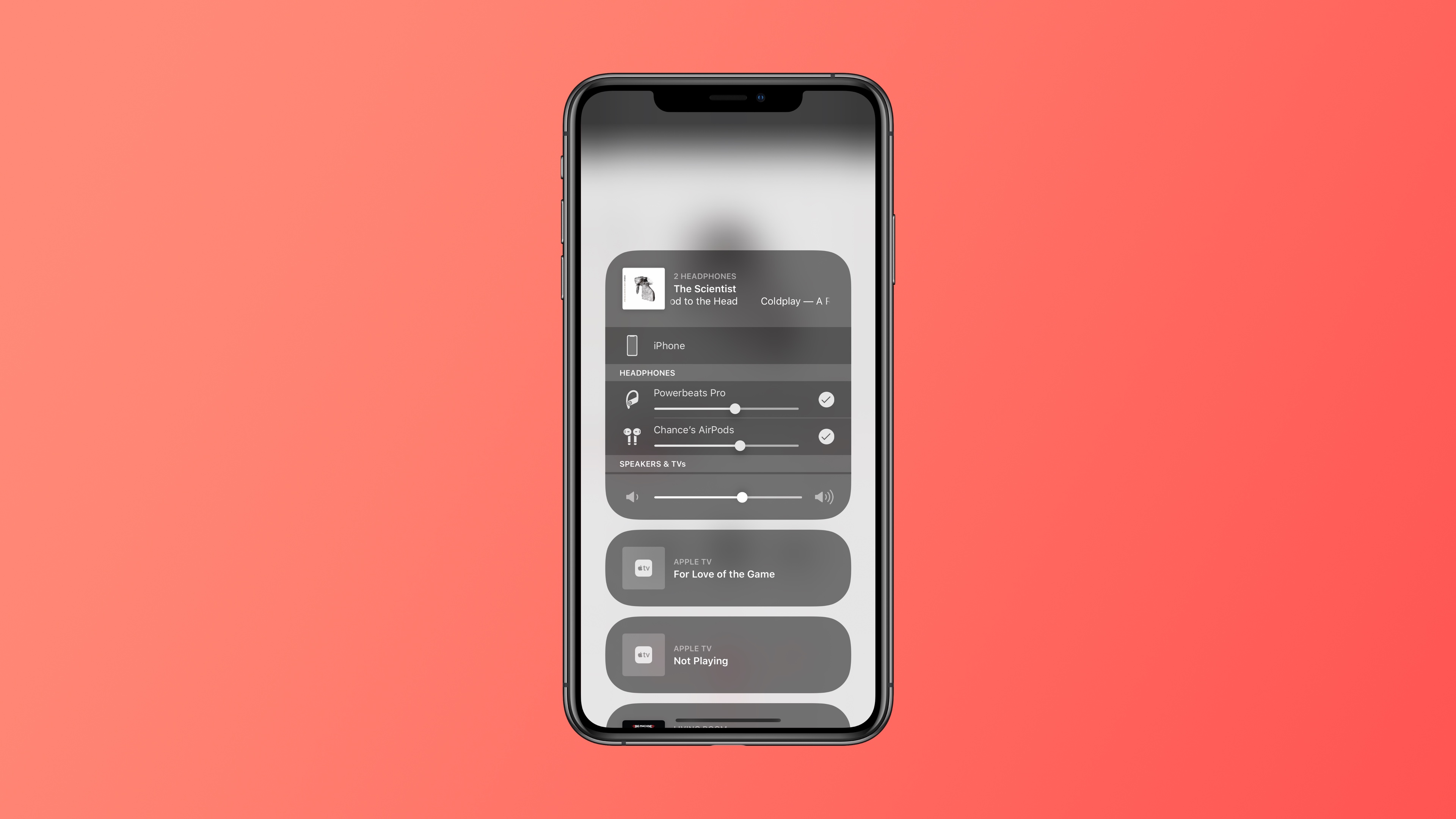
This feature allows you to connect multiple pairs of AirPods to your iPhone or iPad. This means that you can hear the same thing with another person, which is especially useful in a situation like watching a movie or TV show together.
Here’s how to start sharing audio:
- Touch the AirPlay icon in Control Center, the lock screen, or the application you are listening to.
- Touch Share audio.
- Hold the other pair of AirPods or beats close to your iPhone or iPad
- When the other pair of headphones appears on the screen, tap Share audio
AirPods Accessories
Qi Chargers
A great addition to AirPods with a wireless charging case or AirPods Pro is a Qi wireless charger.
A common way to personalize your AirPods is with a charger case. Here are some options for standard AirPods, as well as AirPods with a wireless charging case:
AirPods Pro Cases
Looking for accessories for your AirPods Max? Check out our complete guide here.
FTC: We use affiliate links for cars that generate revenue. More.

Check out 9to5Mac on YouTube for more news from Apple:
